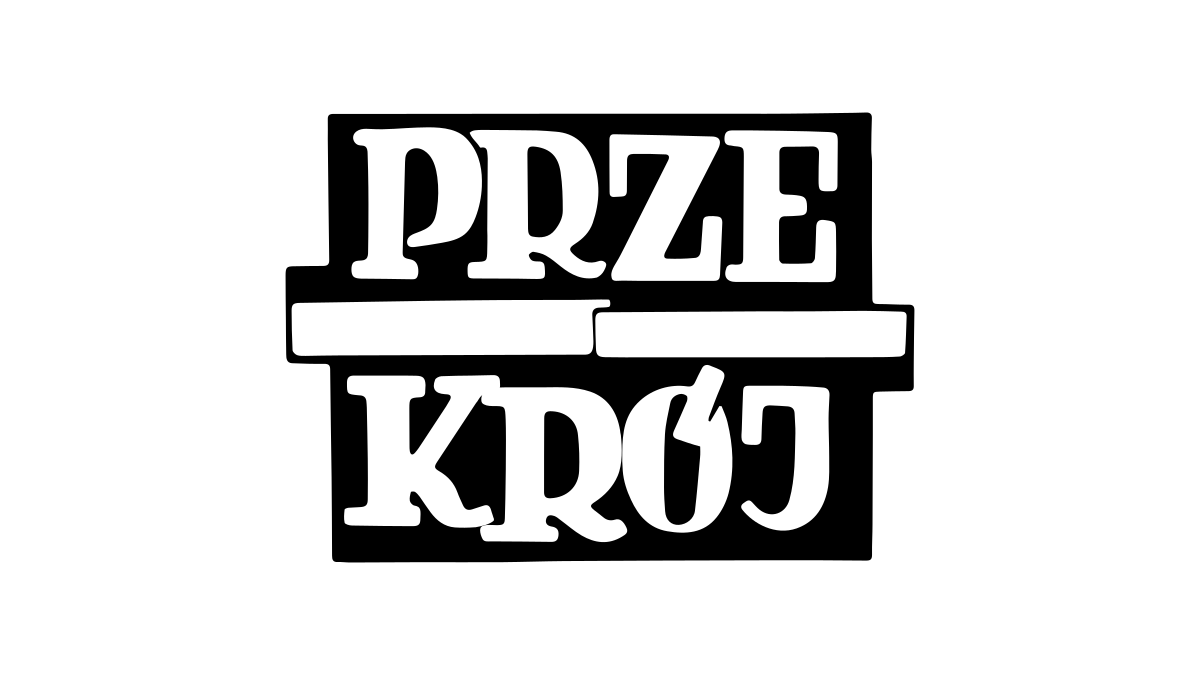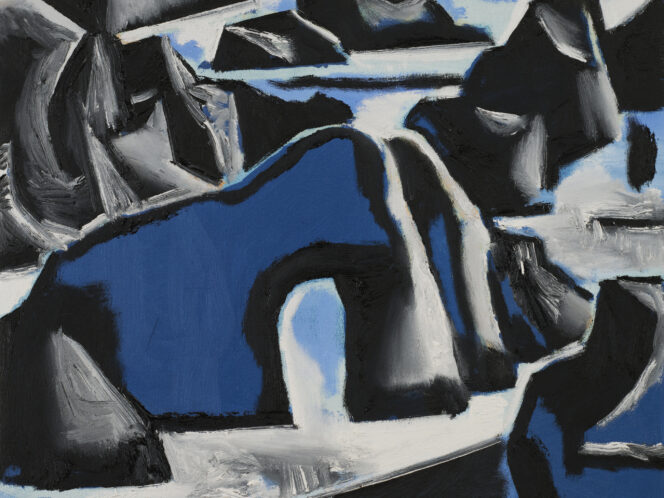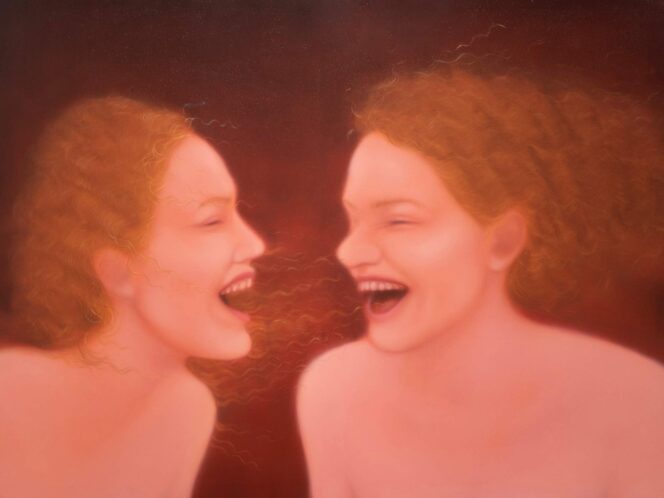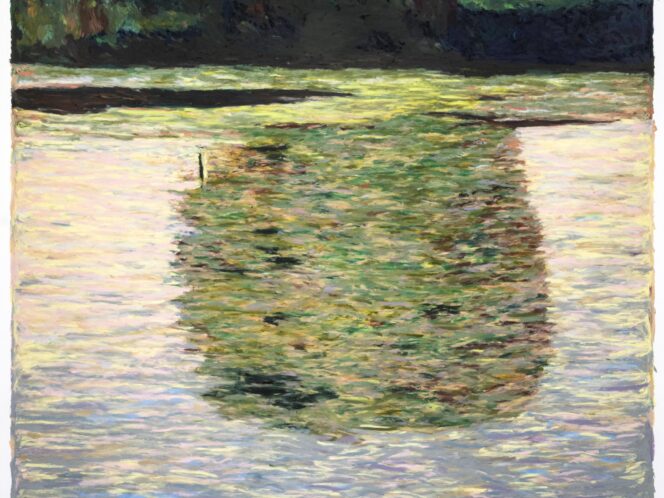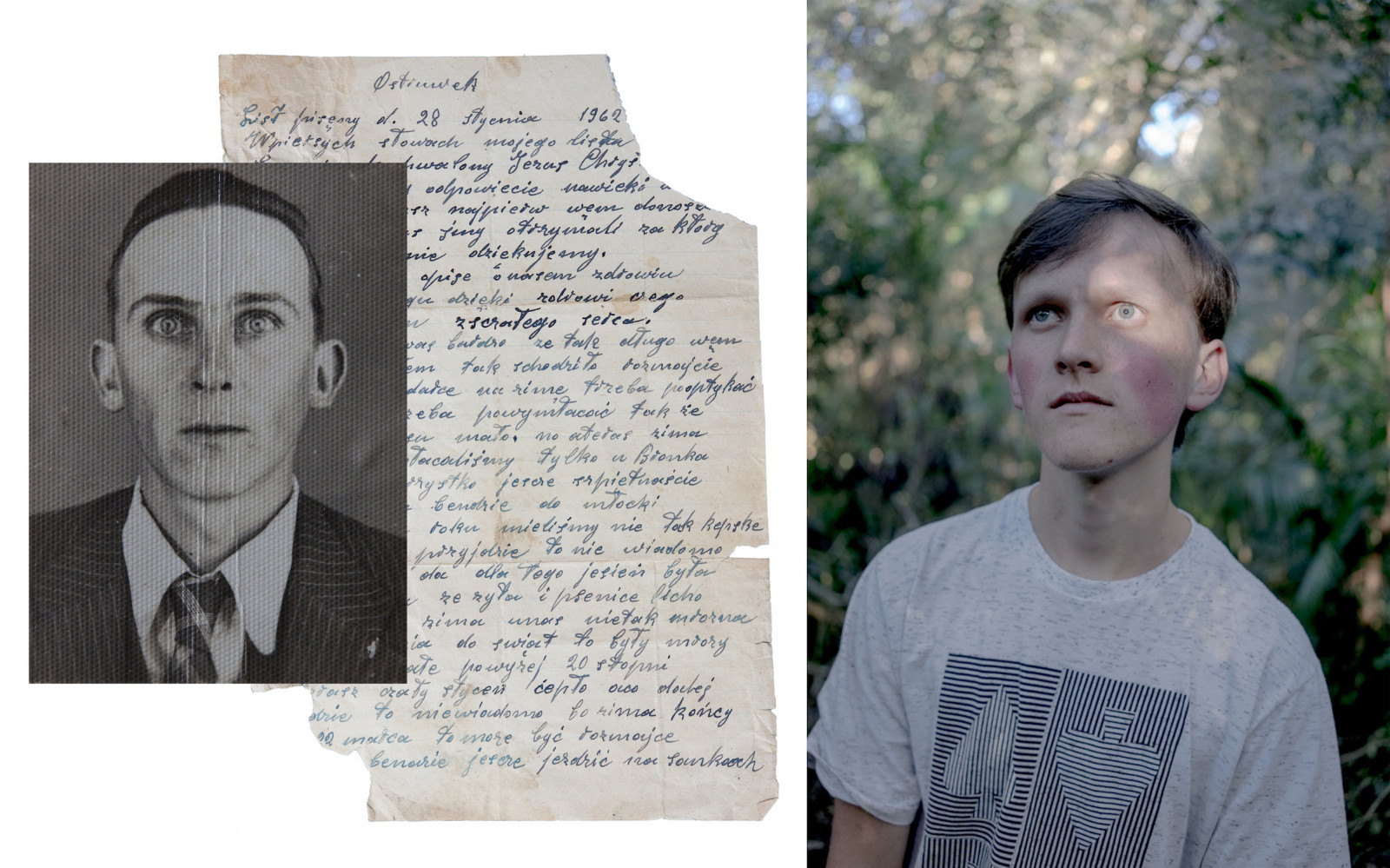
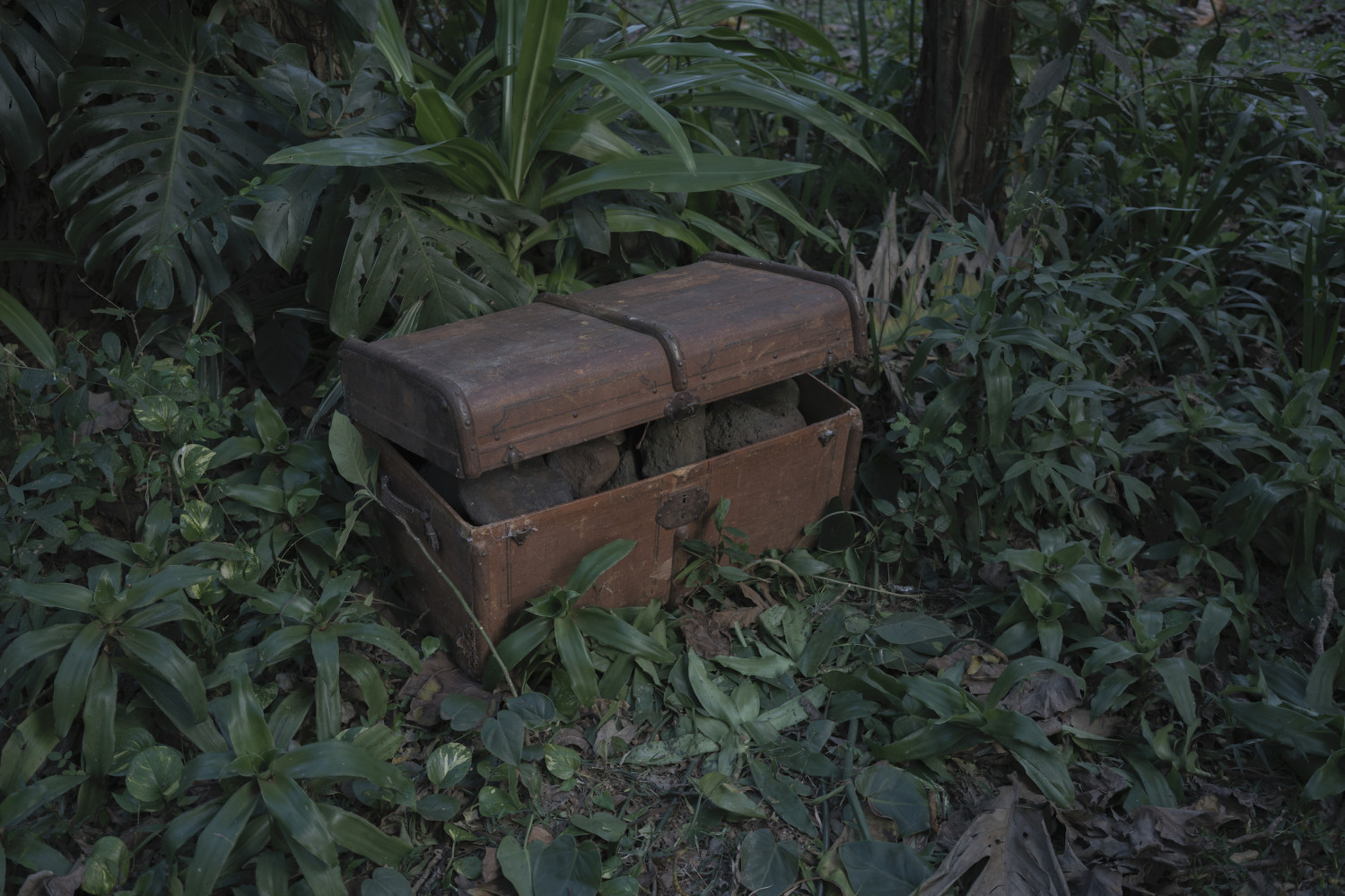
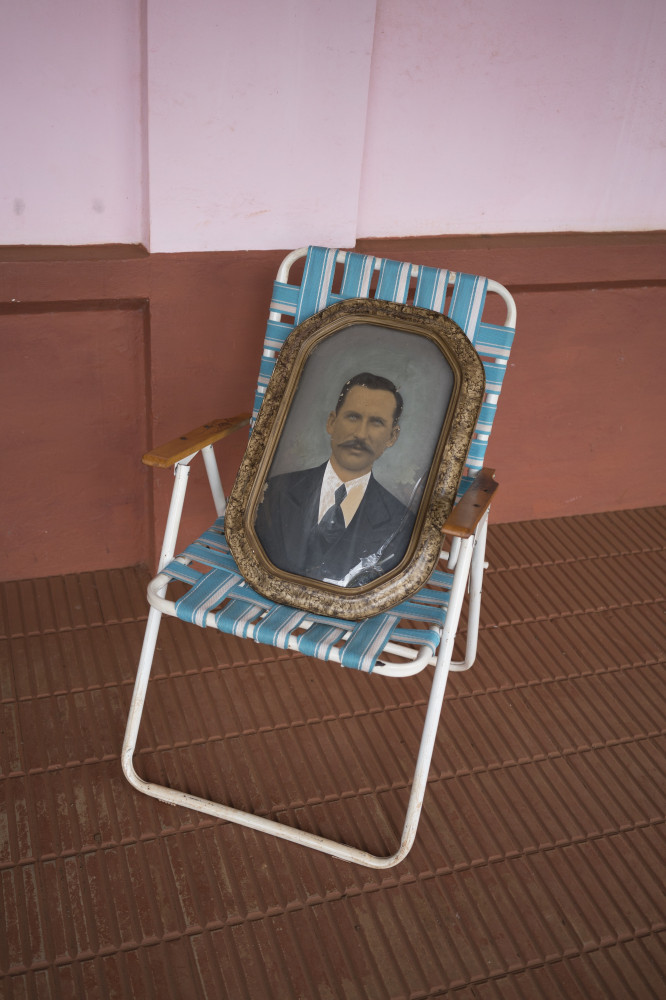
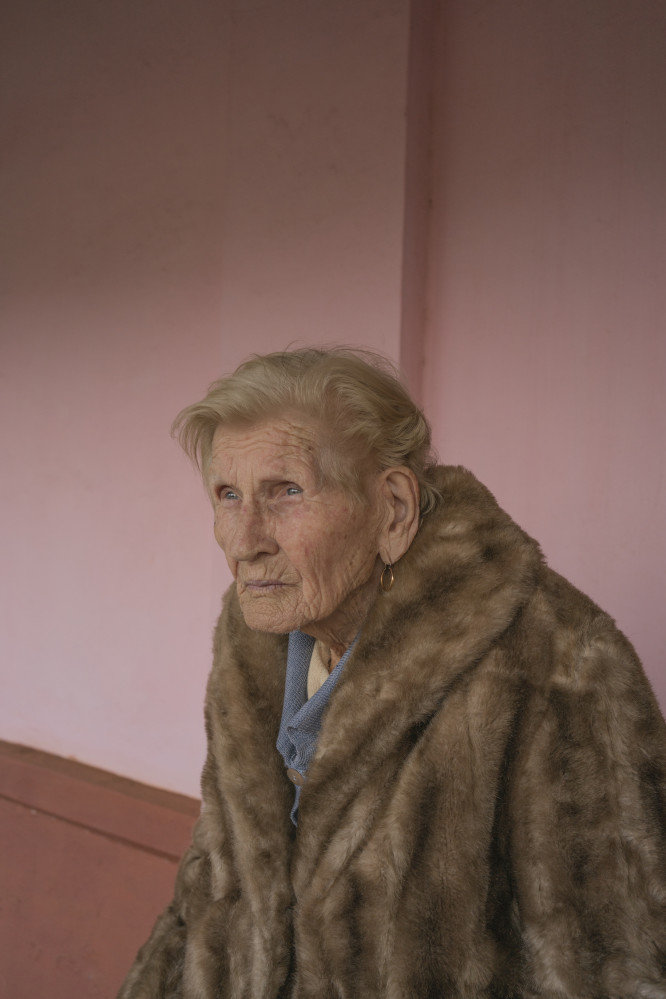
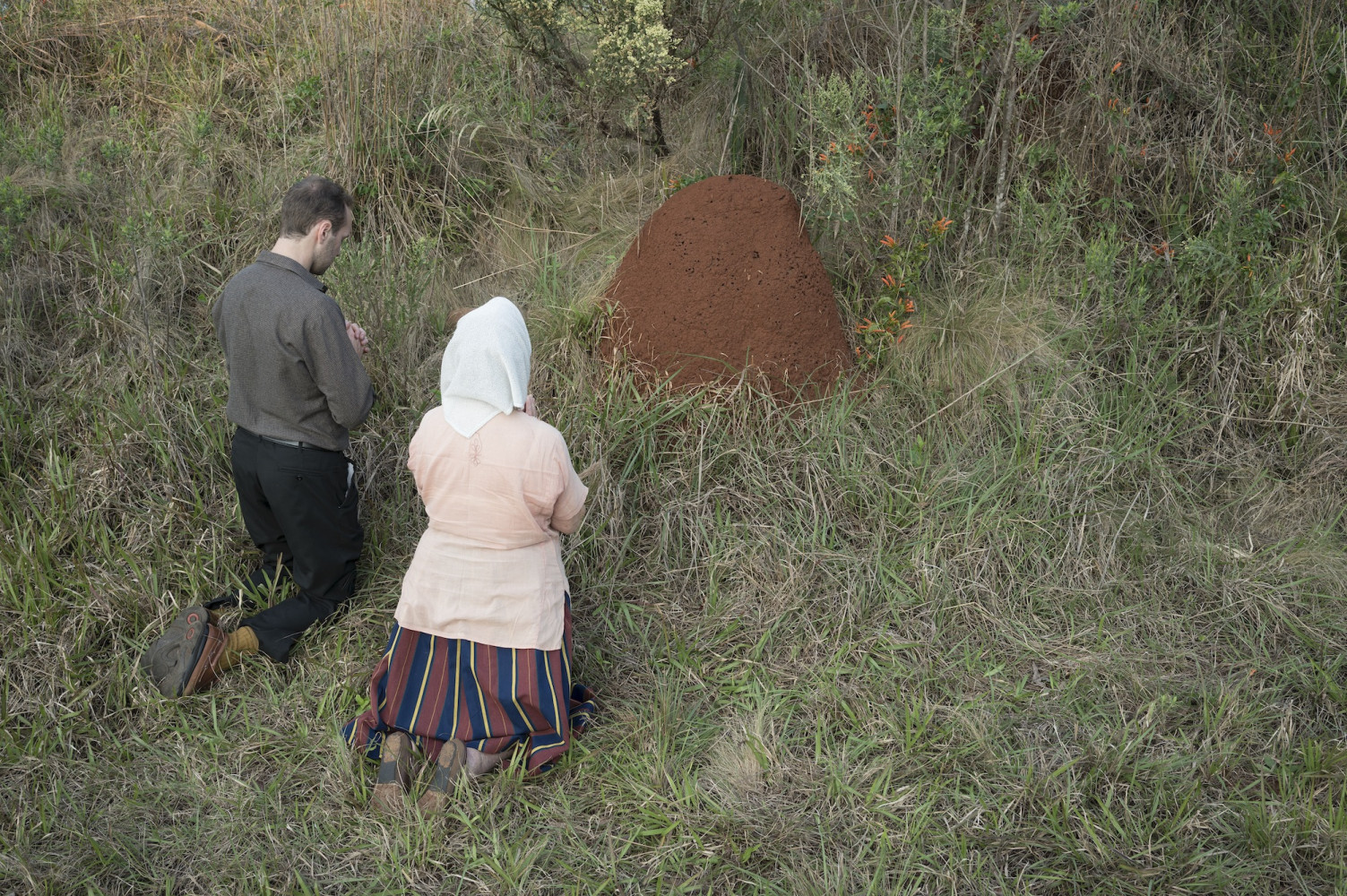
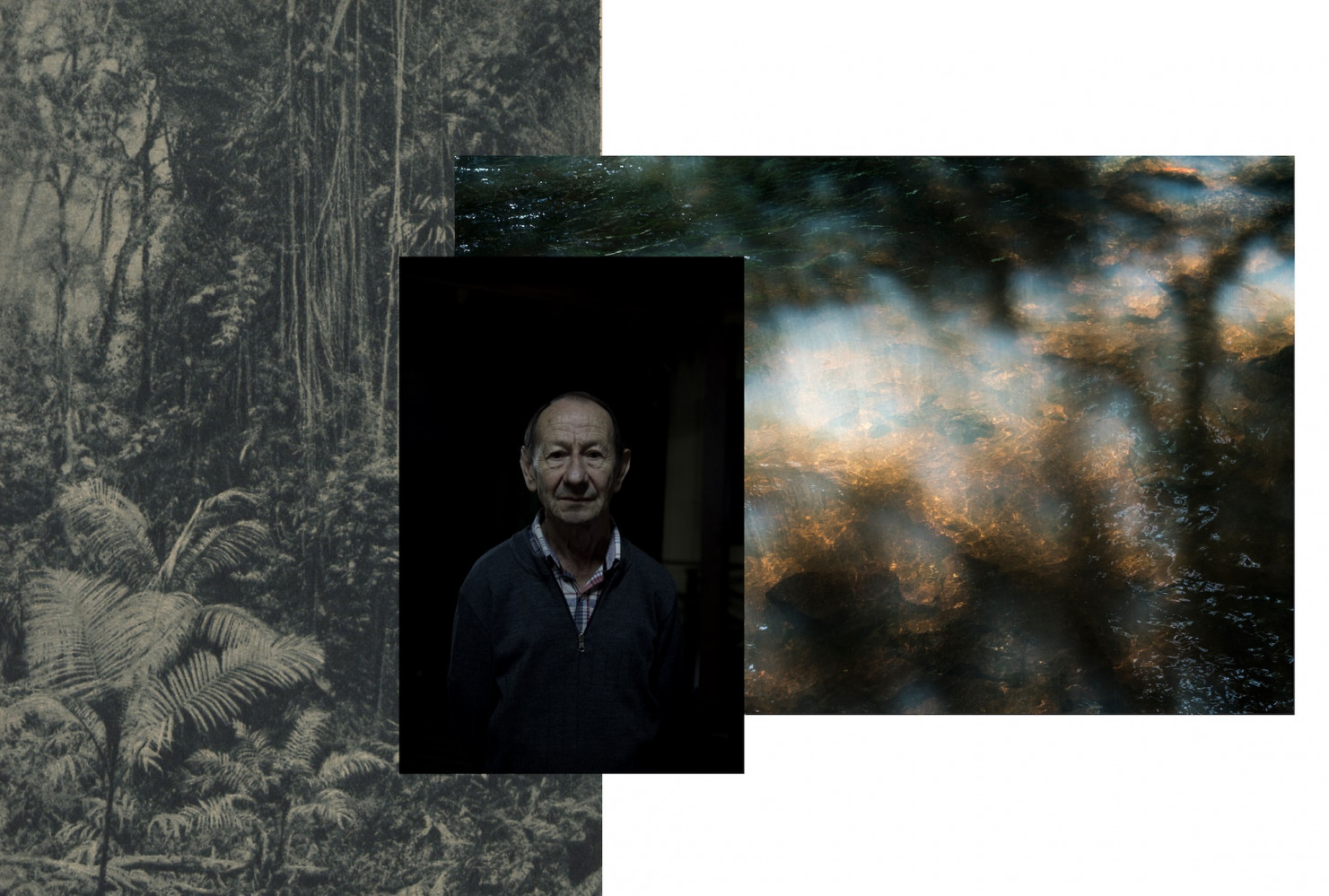
“Waiting for the Snow” (“Czekając na śnieg”) is a photographic project presenting the curious phenomenon of Polish migration to South American countries during the 19th-century partitions and the interwar period.
We focus on the Brazilian and Argentinean directions of migration, as these countries were the most popular destinations of migrants, and the number of people of Polish origin living there is currently the highest on that continent (Brazil 1.53 million, Argentina 120-450,000). Both these countries were also at that time perceived by migrants as unknown and exotic. We want to shed some light on this little known (and rather untypical) aspect of European presence in that remote part of the world. The colonization pursued by Central European countries took the form of an advertising campaign. Its aim was to occupy large areas of land in order to draw not state, but individual benefits, pretending that this land was not inhabited by native populations. The increased migration to Brazil was also related to the lack of workforce that the country experienced after the abolition of slavery and the implementation of the government project of making Brazil ‘white’. In Argentina, the plan was mainly based on the idea that only European workers could build a modern dream society. This migration policy strongly influenced the way migrants defined themselves and created relationships with the new land, which is particularly important because most of them were farmers. The Polish descendants of those migrants are now (after about 100-150 years) still actively cultivating the traditions and language of their ancestors.
Using our own photos, archival documents and family albums, we want to create a multi-layered visual story. On the one hand, we gather stories based on the collective memory of the Polish community about the country of origin and the beginnings of settlement in the new homeland. On the other hand, we focus on the creolization and mixing of cultures, and observe how the Slavic background has interlaced with the South American context, creating a concept of identity based on reconstruction, fiction and fantasy. – Katarzyna Wąsowska, Marianna Wasowska
Katarzyna Wąsowska (born in Gdańsk, 1990) graduated from the University of the Arts in Poznań with a degree in photography. She is a co-founder of the publishing collective and self-publishing reading room Ostrøv in Poznań. Her artistic practice drifts between subjective, unreal creative photography and documentary photography. She reaches out to scientific and para-scientific literature and bases her visual research on archives and interviews with people to build stories about specific places or specific communities which differ from facts, but are historically plausible. Her works have been presented at festivals such as TIFF Festival in Wroclaw, Encontros da Imagem in Braga (Portugal) and Athens Photo Festival.
Marianne Wasowska (born in Paris, 1988) is a photographer and visual artist. After graduating from Anthropology, she began studies at the ENSP in Arles, which she completed in 2014. She has worked as a press photographer and photo-editor (Le Monde, Libération). She is a member of Hans Lucas Studio. In 2016/2017, Marianne was a resident in Casa Velazquez (Spain), and in 2018 she was one of the award-winning artists of the BilbaoArte Foundation (Spain). She works on long-term documentary projects in which she uses her anthropological background as a method of questioning authorship and links between representation, power and identity. Wasowska also creates mental images based on photographic installations seen in the dark. She currently lives in Mexico.
Katarzyna Wąsowska’s and Marianne Wasowska’s photographs will be displayed during the upcoming 19th edition of Fotofestiwal. For more information about the Open Call finalists and the event programme: www.fotofestiwal.com
